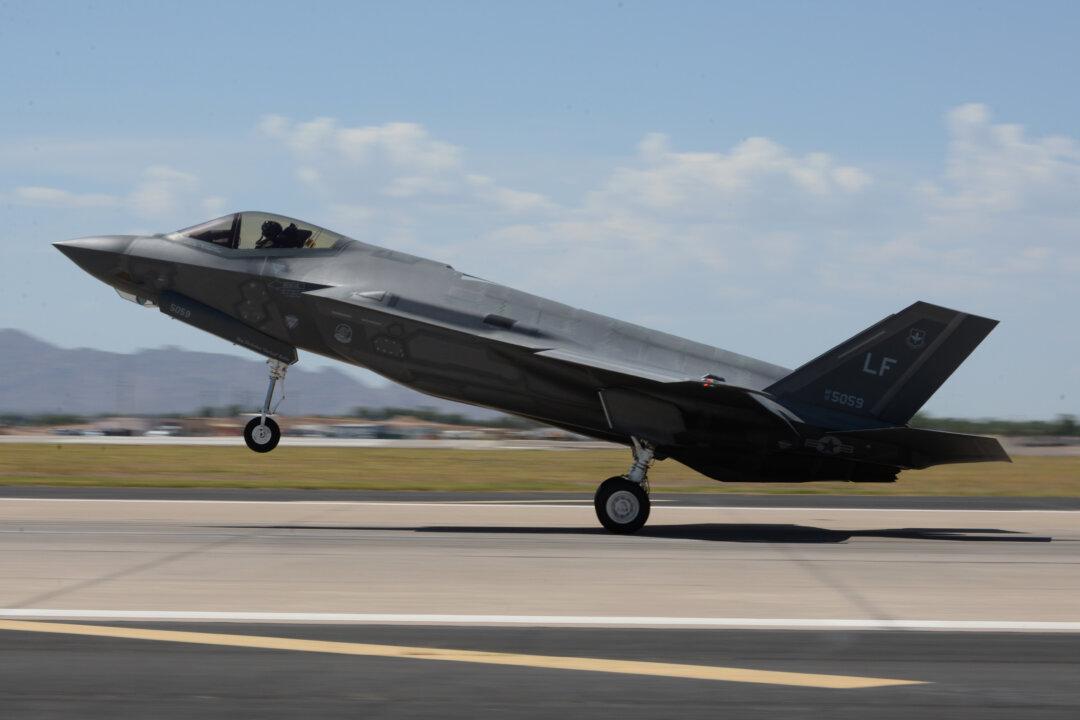Commentary
When it comes to stealth weapons, the coronavirus is tough to beat. Nobody saw it coming when 2020 began. And when it arrived, it shut down the economy almost completely.

When it comes to stealth weapons, the coronavirus is tough to beat. Nobody saw it coming when 2020 began. And when it arrived, it shut down the economy almost completely.